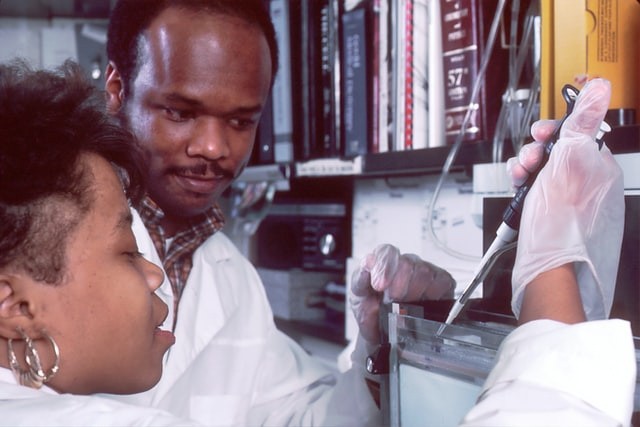Cancer can be cured by one protein engineered by scientists that can regenerate neurons. According to Phys Org's latest report, since the blood vessels, bones, lungs and other major organs of the human body are made up of cells, using protein messengers known as ligands that bind to receptors on the cells' surfaces is one way that helps keep the human body healthy through biological processes regulation.
Also Read: New Injection Comparable to PrEP is 99% Effective to Prevent HIV Transmission

However, scientists stated that the human body will become a host to different viral diseases when the protein messages get garbled, causing illness to an individual. One ligand was redesigned, in slightly different ways to produce two startlingly different results, by a team of scientists lead by Jennifer Cochran; a Stanford bioengineer and department chair.
Also Read : Bioengineers Have Created Artificial Red Blood Cells That Have More Function Than the Original
Neuronal cells have regenerated as shown in the result in one set of alterations, while lung tumor growth was prevented by the same protein, which was redesigned differently. The experiments conducted by the scientists, which were published in the Proceedings of the National Academy of Sciences and performed on human and rat cells, as well as in mice, are still far from being tested in humans.
The results of the study showed that scientists are becoming more skilled when it comes to repairing the human body's protein-based control mechanisms to help viral organs heal themselves.
"These proteins can hopefully one day be used to treat a neurodegenerative disease, as well as cancers and other disorders such as osteoporosis and atherosclerosis," explained Cochran.
Scientists redesigned one protein to cure cancer: The engineered protein can regenerate neurons
According to Phys Org, the studies of Cochran focuses on how ligands and receptors can be engineered to create potent therapeutic agents by observing how these interactions work together to deliver messages to the cell, claiming that the shape is a critical concept.

Different amino acids folded into distinct three-dimensional shapes and strung together like pearls build up the ligands and receptors, just like all proteins are made up. Just like a key fits a lock, a ligand with the right shape also fits its matching receptor.
The researchers can make millions of keys that they can screen to see which might unlock its matching receptor in some desirable way by changing the lineup of amino acids in a ligand, using sophisticated molecular engineering techniques. Messages instructing cells to grow more robustly can be transmitted if a key fits better and trips the lock more efficiently; the scientists call this process a superagonist. Keys also fit the receptor locks and can also be used to turn ligands into antagonists--it might be acquired using bioengineering. However, the way it blocks the signal could lead to delayed functions such as cell growth.
ⓒ 2025 TECHTIMES.com All rights reserved. Do not reproduce without permission.




